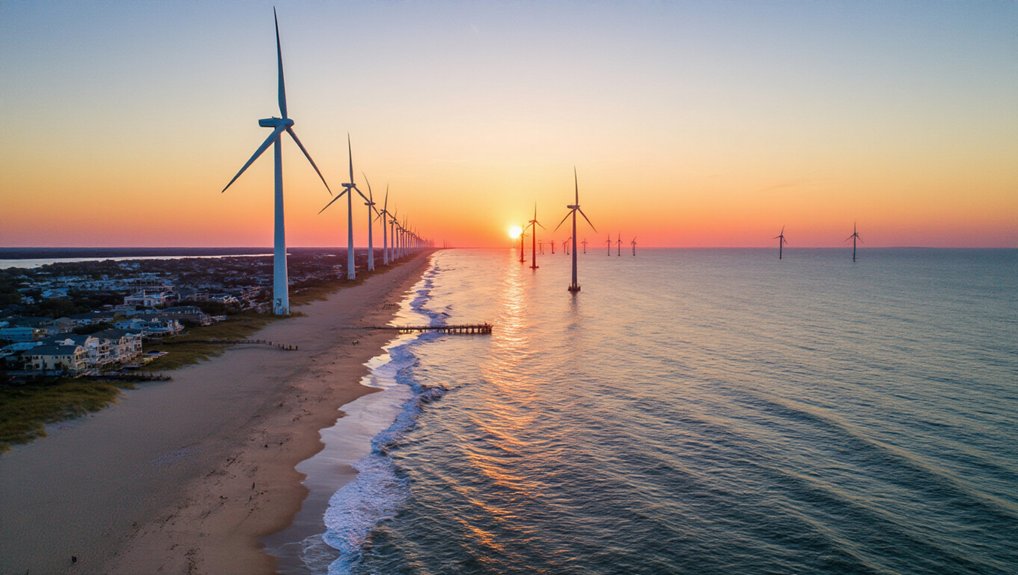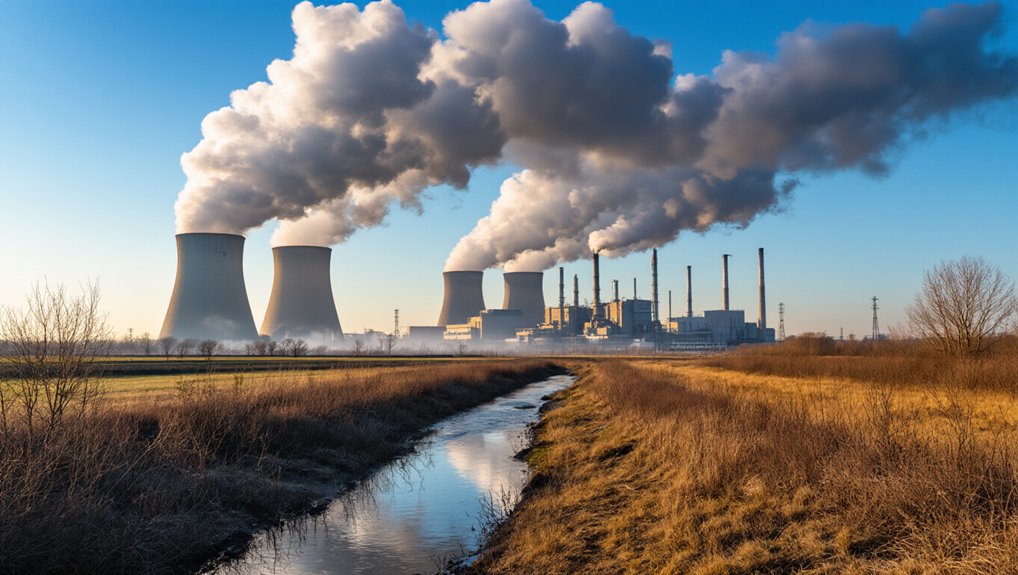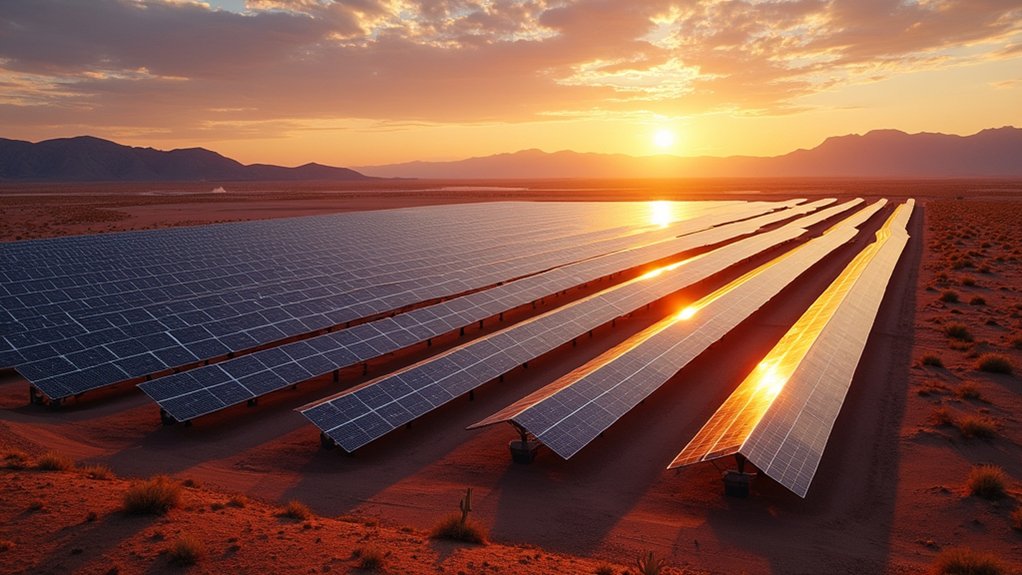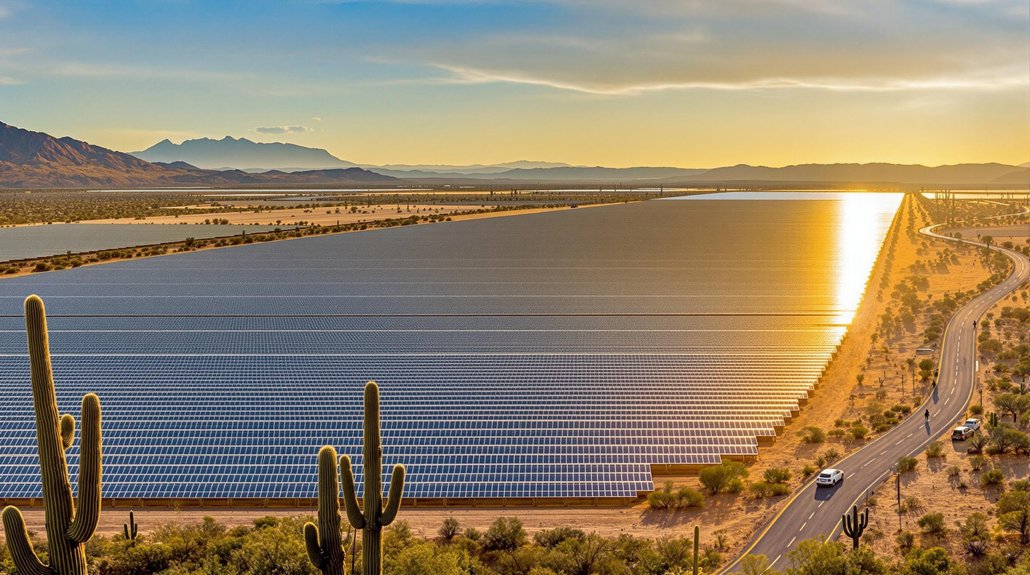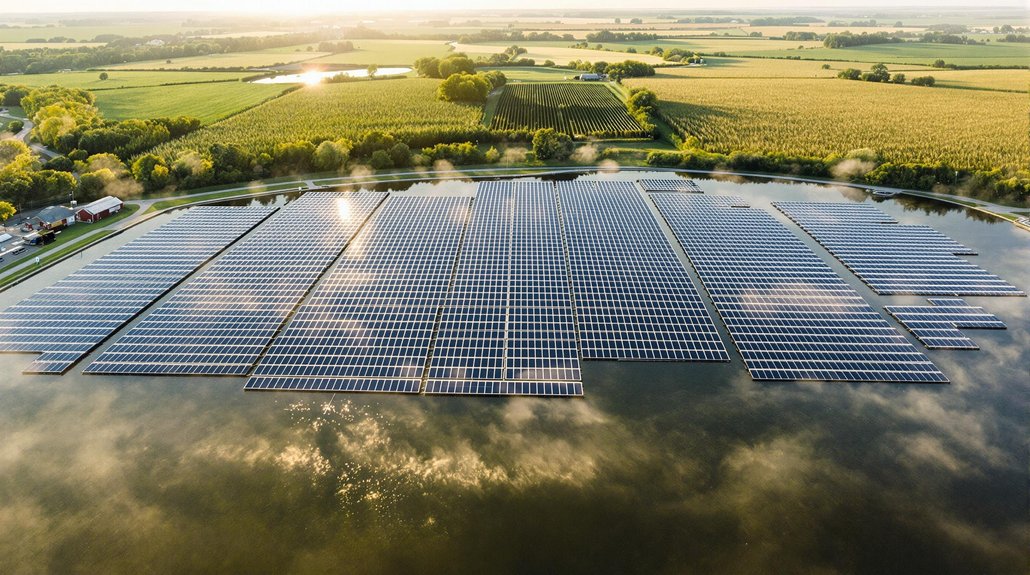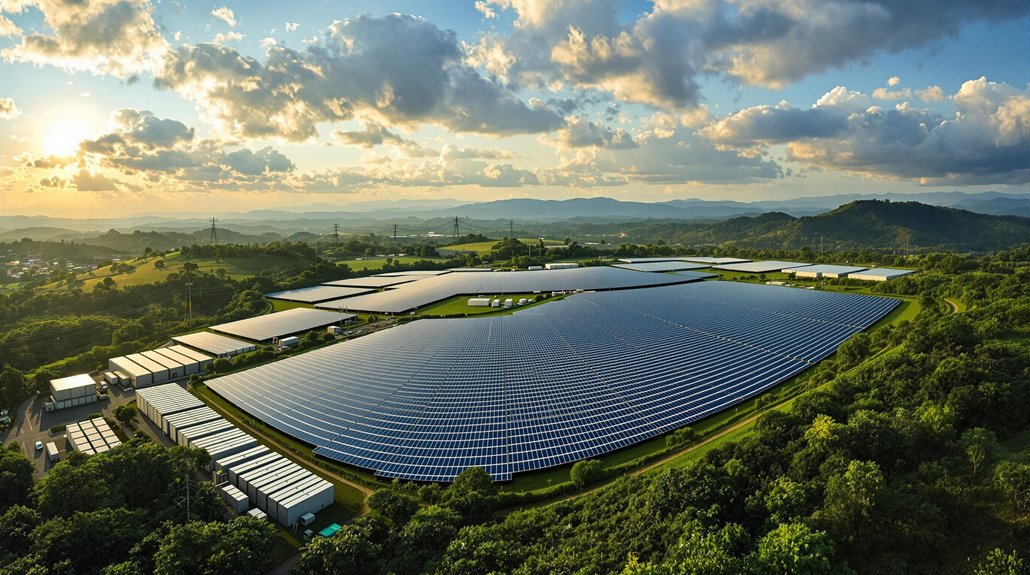Maryland’s massive offshore wind farm is coming whether Ocean City likes it or not. The state just approved a 1.7 GW project that’ll stretch along the entire coastline, complete with 853-foot tall turbines spinning as close as 13 miles from shore. That’s right – turbines taller than most skyscrapers, close enough to see from your beach chair.
US Wind is leading the charge here, ready to plant these giants off the coast despite Ocean City’s government and residents basically screaming “not in my backyard.” Or in this case, not in their ocean view. The locals are worried about tourism tanking and property values dropping. They want the turbines pushed farther out to sea, way east of where they’re planned. Good luck with that.
The Bureau of Ocean Energy Management dropped their Final Environmental Impact Statement in August 2024, checking all the boxes on biological, socioeconomic, and cultural impacts. They’ve analyzed everything from bird strikes to the noise from pile-driving during construction. Marine life might not love it, but hey, there are “mitigation measures” in place. The pile-driving noise during installation produces particularly high sound levels that can harm fish and other marine species. Whatever helps everyone sleep at night.
Meanwhile, Orsted pulled a plot twist. They withdrew from Maryland’s Public Service Commission orders for their Skipjack projects but are still pushing through federal permits. Because why make things simple?
The economic pitch is what you’d expect. Jobs, jobs, jobs. Manufacturing, port operations, supply chain development – the whole renewable energy playbook. Plus tax revenue and grid reliability improvements. Maryland gets to hit its renewable targets and look good doing it. Mayor Rick Meehan is calling for an end to state subsidies for US Wind, claiming the project threatens commercial fishing operations vital to the local economy.
Public forums have been packed with angry residents, and comment periods are flooded with opposition. But state and federal agencies keep moving forward anyway. The message is clear: clean energy goals trump ocean views.
The technical specs are genuinely impressive though. We’re talking 1.7 gigawatts of power, making this one of America’s largest offshore wind projects. This addition would significantly contribute to the global wind energy capacity, which currently exceeds 837 GW worldwide. New transmission infrastructure will carry all that juice to the grid. Construction phases, cable routes, lease areas – it’s all mapped out in those BOEM documents.
Ocean City can keep fighting, but this train has left the station.
References
- https://www.wmar2news.com/oceancity/ocean-city-offshore-wind-project-takes-another-step-forward-despite-some-public-concern
- https://www.boem.gov/sites/default/files/documents/renewable-energy/state-activities/Maryland Offshore Wind Final EIS.pdf
- https://www.boem.gov/renewable-energy/state-activities/maryland-offshore-wind-final-environmental-impact-statement-eis
- https://www.umces.edu/wind-energy
- https://oceancitymd.gov/oc/oc-opposes-proposed-wind-farms/
